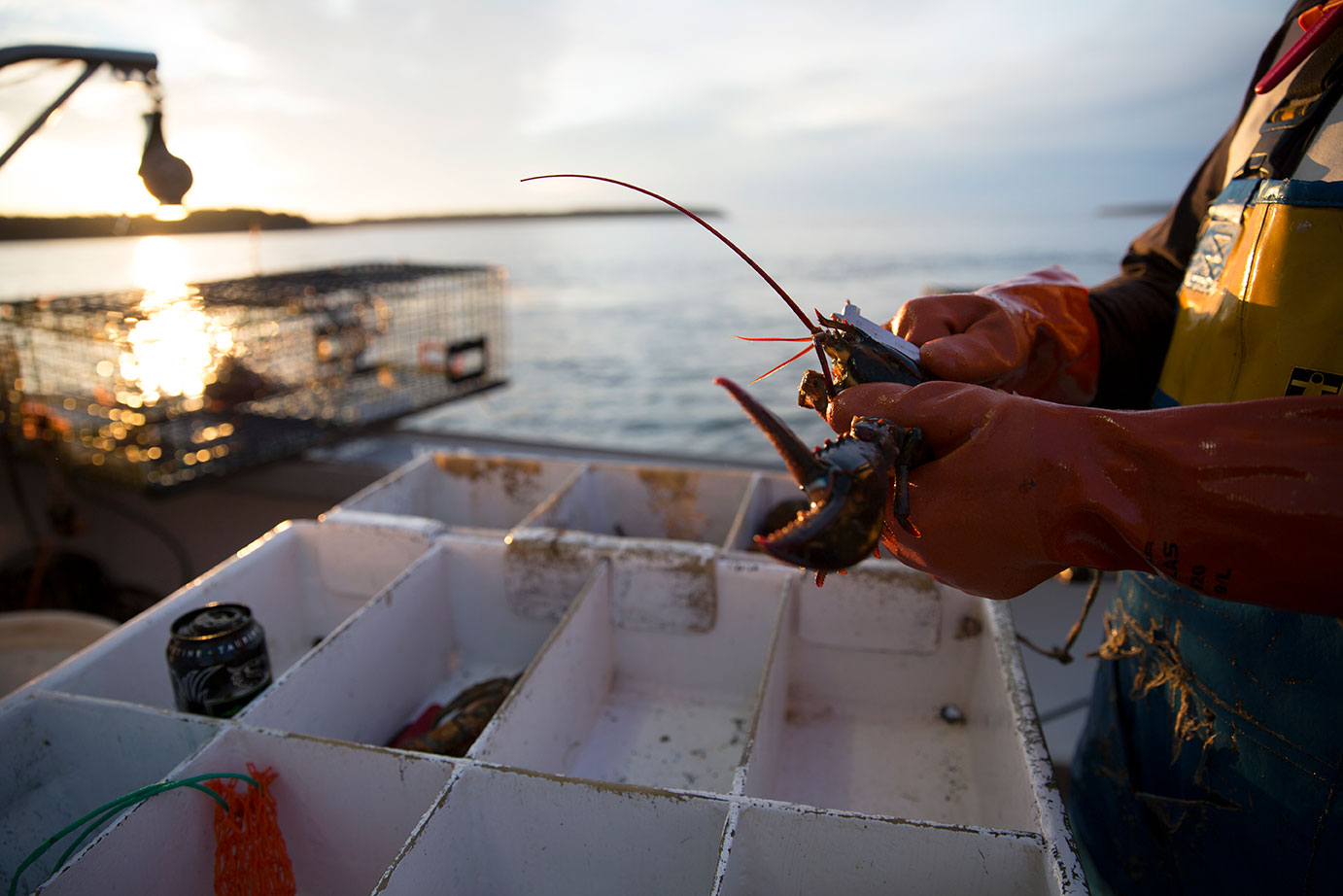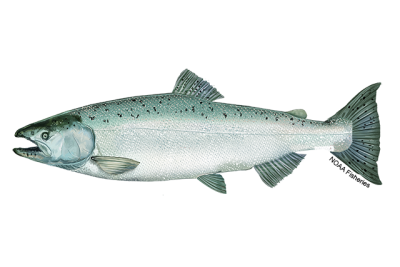As expected, Maine lobster landings dropped in 2017. The fleet landed 110.8 million pounds, a 16 percent decline in volume from 2016’s 132.5 million pounds, according to preliminary data released my the Maine Department of Marine Resources.
Value was down as well, by $106 million from 2016's all-time record value of $540.4 million to $433.8 million (the average price per pound dropped from $4.08 to $3.91).
Despite marking the largest single-year decline in the fishery's history, the 2017 season still ranks as the sixth highest volume and fourth highest value in the state's history.
The season also marks the seventh year in a row with landings over 100 million pounds, which had never happened prior to 2011.
"The past year has underscored what I've been saying for years now — that change is inevitable and we must be prepared," DMR Commissioner Patrick Keliher said in a press release. "This year's decline in lobster landings is by no means a signal that the sky is falling. But it does highlight the need to make sure our management measures adapt to change. This is true for all fisheries. It is the best way to ensure resilience of our marine resources and opportunity for future generations."
Zooming in on Maine's lobster zones, the most significant landings decline came in Zone F, where lobstermen caught 25 percent less than the previous year, catching 10.95 million pounds compared to 2016's haul of 14.67 million pounds. Landings dropped about 17 percent in Zones C, D and G; 15 percent in Zone E; 13 percent in Zone A; and 12 percent in Zone B.

Map showing Maine lobster catch volume declines from 2016 to 2017. Doug Stewart graphic.
The fishery's value has dropped significantly in the past with a $35 million decline in 2008 and a $33.7 million decline in 2001.
Despite the losses in 2017, the industry is optimistic about the future and hitting the 100 million-pound mark once again.
According to NMFS, lobster was the most valuable species landed in the country in 2015 and 2016. Maine landed about 80 percent of U.S. lobsters in 2016. The lobster catch represents 76 percent of the state's total seafood landings.







